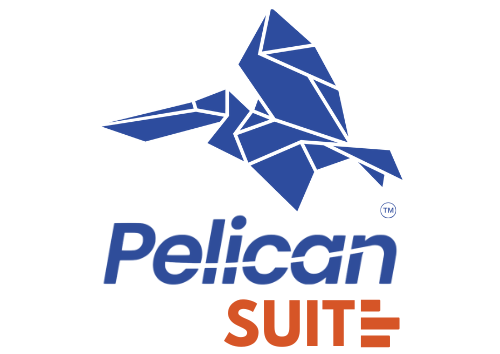Blue Wasp Marine unveils Pelican Suite software
Wind assisted ship propulsion (WASP) pioneer Blue Wasp Marine is pleased to announce the launch of its latest software tool. Pelican Suite will enable vessel owners, operators and charterers to assess and optimise a range of WASP solutions.
Pelican Suite boasts a suite of tools to assess the suitability of a wind range of WASP solutions both pre- and post-installation. It provides important insights, for example, the probability that a certain rudder angle or grid load is exceeded, or which routes are more favorable for wind assistance.
In terms of pre-installation, it compares the impact of different WASP solutions on vessel operations as well as on compliance with regulations such as Carbon Intensity Indicator (CII), Energy Efficiency Existing Ship Index (EEXI) and FuelEU. Pelican Suite provides important information on fuel savings and reveals the expected payback period associated with a WASP installation. Post installation, Pelican Suite helps monitor performance, benchmarking and optimisation of a WASP system.
The new software is based on Blue Wasp’s proven Pelican software – the product of extensive PhD research. Pelican is already trusted by some of the world’s largest shipping companies, having been successfully employed in more than 50 projects. The software leverages an extensive database of wind propulsion systems, including Rotorsails, Wingsails, Suction Wings and Kitesails. This is combined with a comprehensive dataset of vessel types. Pelican is the first software tool of its kind to be recognised by a classification society, having been awarded approval in principle (AiP) from RINA.
Blue Wasp Marine Co-Founder, CEO and R&D Lead Dr. Giovanni Bordogna said: “Pelican Suite marks the latest evolution of our Pelican software. It is an easy-to-use tool that does not require in-depth technical knowledge of wind propulsion. As such, it aims to make WASP solutions, and the significant associated benefits, more widely accessible. Pelican Suite will support vessel operators, both in building a business case for wind assisted propulsion, and in getting the best from their investments.”

